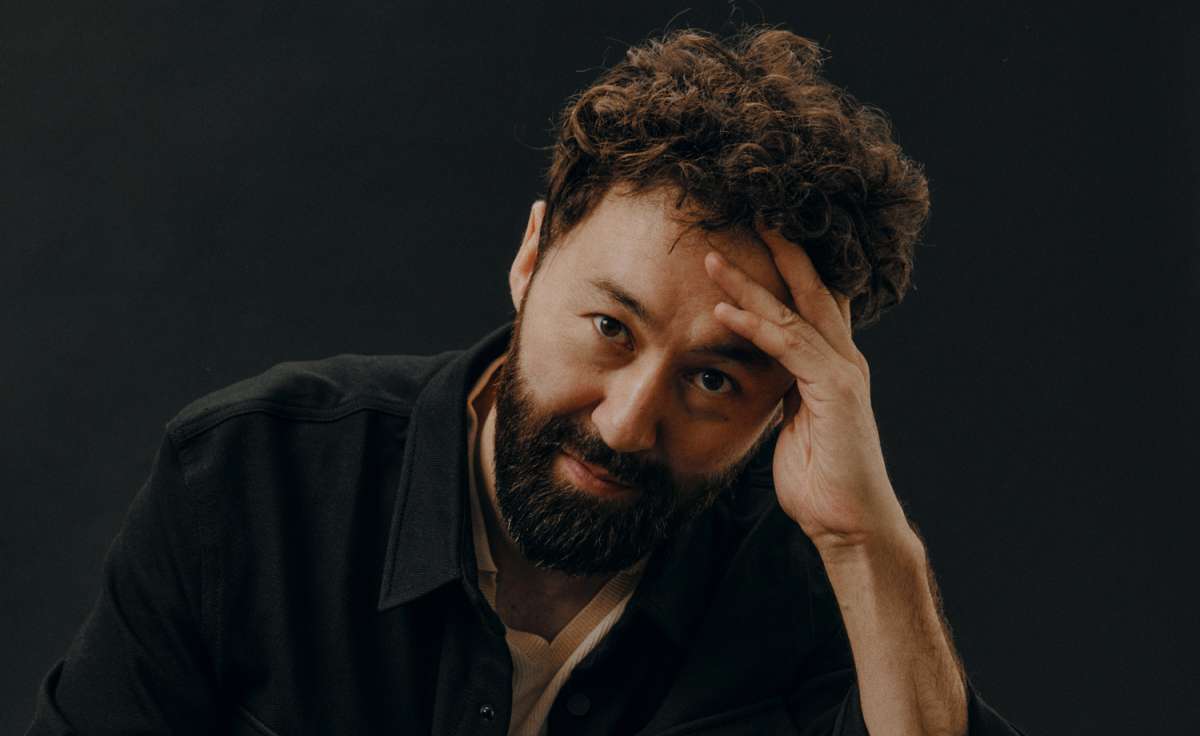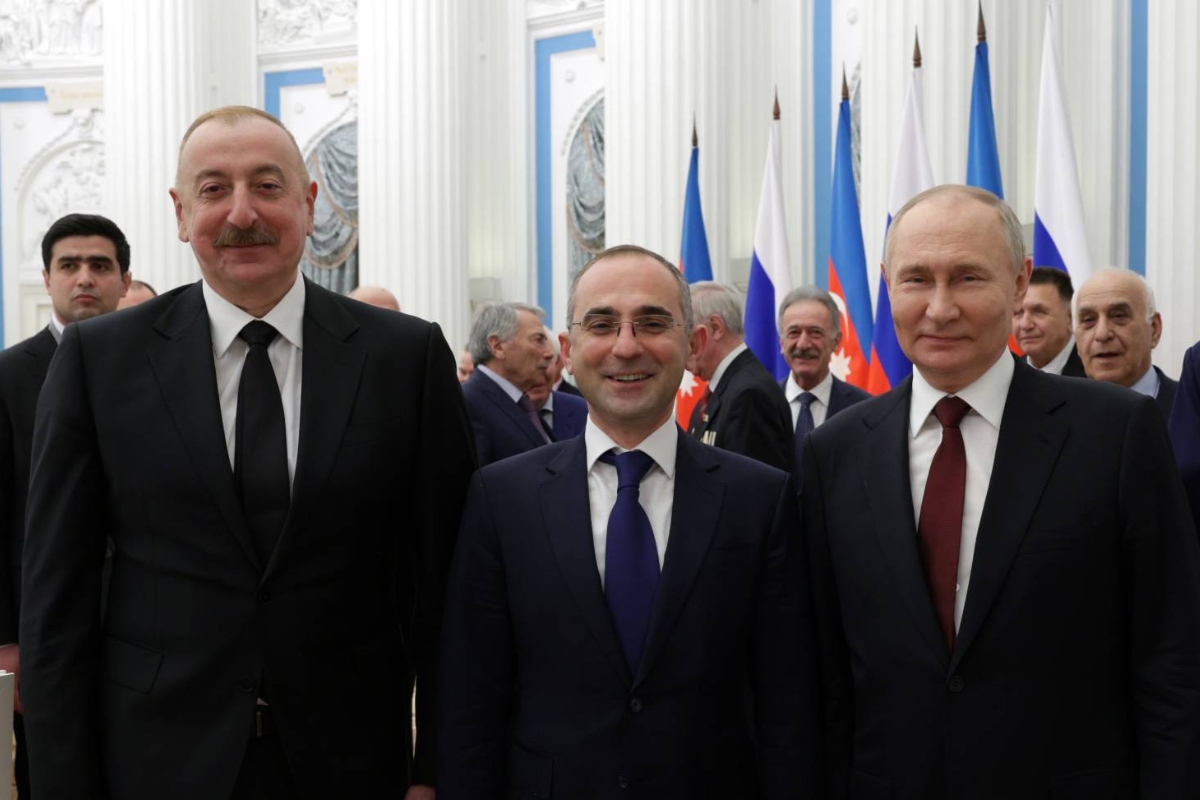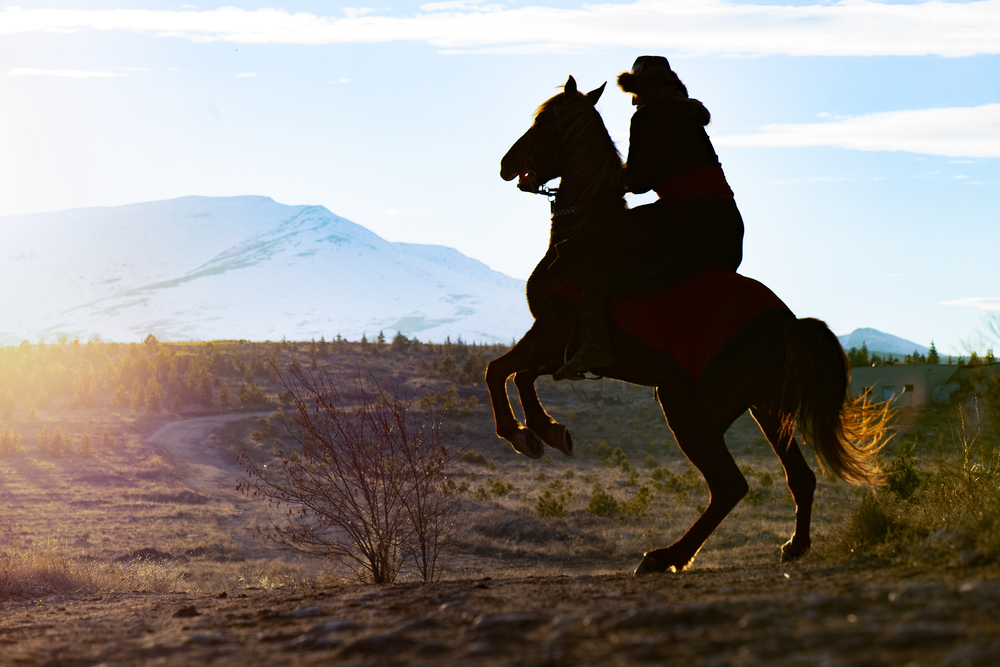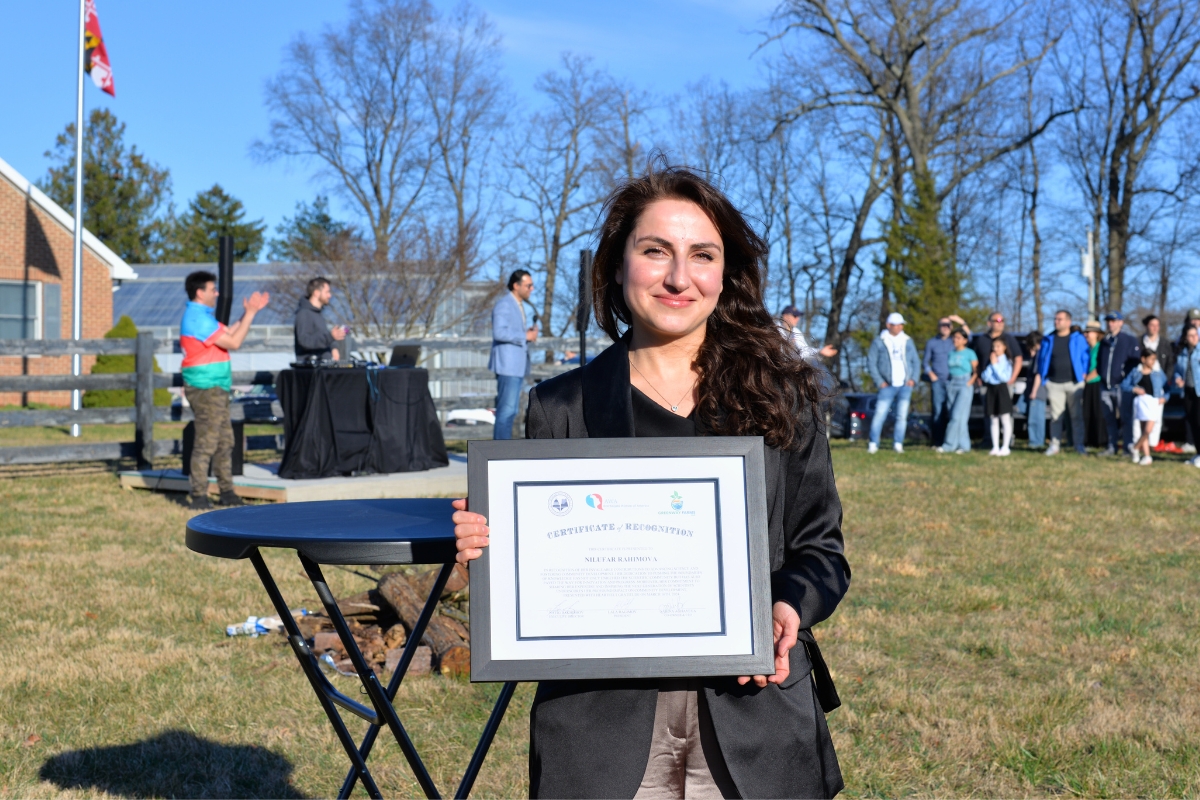- Home
- Malik Zenger on Winning at the Cannes World Film Festival & Producing Black Eyed Peas Music Video
3 October 2023
Malik Zenger on Winning at the Cannes World Film Festival & Producing Black Eyed Peas Music Video
From winning the Best Director Music Video Award at the Cannes World Film Festival to producing the new music video for Black Eyed Peas, Kazakh filmmaker Malik Zenger has achieved impressive heights in his career this year alone. Yet behind his recent rise to fame are years of work, studies, and trials. Zenger’s filmmaking path wasn’t straightforward.

Image: courtesy photo
Uncertain about what to study after school, young Malik Zenger chose a State Administration major at KIMEP—one of the top universities in Kazakhstan—simply because it was close to his house and the major was simple enough for a person inclined towards humanitarian sciences. “I was sure that I would not work in public administration, the government, without connections and acquaintances there was nothing to do there,” Zenger says. Although his major wasn’t for him, it was there that he started his first steps in the film industry in Kazakhstan. Making funny sketches at KIMEP eventually led to him working in television and filming music videos. After three years, he transferred to another university to do distance learning in International Law, which meant only coming to the university once a week or even a month. “There was no training, but I received a diploma,” Zenger explains.
Although he jumpstarted his career in the film industry, he soon realized that in order to be respected and recognized as a director, he needed to expand his knowledge, and what better place to do it than the New York Film Academy? After graduating from NYFA in 2012, Zenger admits “It became easier and simpler to work with people”.
Fast forward to today, his music video Kogershin (Kazakh: Dove) received awards at different film festivals around the globe, one of which is the Cannes World Film Festival, yet the filmmaker admits that it was expected, as it was originally meant to be sent to festivals. “I understood that in order to attract viewers, to have a lot of interest and coverage, I wanted to initially make it so that it would be watched at festivals,” Zenger explains, adding that he wanted his work to be acclaimed internationally and not only locally. “We sent it to different film festivals. I didn’t know what exactly we would win, but I understood that the work was good, that it had a good message, and today’s viewer, I was sure, would like it and would want to watch and listen to this work till the end.”
The music video, which became an anti-war manifesto, was filmed in the Kazakh steppe and starred around 100 children. The plot is rather simple—a group of children find cardboard on the road, make armor and weapons out of it, and start attacking other children. This leads the victims to do the same to fight back, which leads to a fight between the two groups. Suddenly, it rains, and they all find refuge in a yurt that, although made of cardboard, stands strong and provides shelter for both groups of children. Eventually, children forgive their bullies, make peace, and hug each other.
As beautiful as the picture and story themselves are, it is the symbolism that deserves attention. Zenger explains the reason why they chose to use cardboard. “You can do whatever you want with cardboard, it’s like a resource, an allegory—vital resources that fall into your hands. Some people use these vital resources to build and create, while others use them to kill and conquer lands, to oppress, so cardboard has the function of some kind of resource.” The reason they find refuge in a yurt, a traditional Kazakh home, is also not accidental. “The boy makes a yurt because it is familiar to him. Due to the fact that we are in Kazakhstan, and in our culture, the house is presented in the form of a yurt.”
Surprisingly, the idea to make a music video appeared even before the song was written. The director clarifies that it became especially relevant with the beginning of the Russian war against Ukraine. “We decided that we needed to film it urgently and that it was important to convey this message to today’s audience.” That’s when Zenger reached out to Kazakh singer and songwriter Moldanazar and asked him to write music to release this message as a video, explaining the precise correlation between the words of the song and the storyline of the music video, as one of the lines says, “The most precious thing in life is human life,” followed by “No to the oppression of a person by another.”
Although the Kogershin music video became a success at the film festivals, it has only 512,000 views on YouTube, while another music video by Zenger—with less depth and meaning—an advertisement for Old Spice, has 46 million views. The filmmaker is not surprised by such a difference in numbers. He explains that while Kogershin by Moldanazar is a masterpiece and the music video conveys an important message, the fact that the advertisement for Old Spice features the song Cheena (nickname of a name Chingiz) by the popular Kazakh rap band Irina Kairatovna, which has a big following, it is predictable that it got more views and recognition among Kazakhstanis. Zenger says that although the number is important, at the end of the day, it is not the quantity but quality that truly matters.
As per his work in advertisement, he is not one of those creatives who refuse to create commercial products or view them as less important. He mentions his advertisement for BI Group as an example that “advertising is not entirely commercial” and says that it is in fact one of his favorite works. “I like it when the client allows the director to introduce some things, redo them, and create the mood of the video.”
His latest work, a music video for Black Eyes Peas, which Zenger produced, was just released to the public. Undoubtedly, it was a big honor for a Kazakh filmmaker to work with artists from Hollywood. The opportunity presented itself when a friend from NYFA and a full-time cameraman for the band, Tigran Mutofyan, reached out to Zenger and proposed to produce a music video for Black Eyed Peas. Originally planned to be filmed in Budapest, the production was eventually moved to Almaty. Although the music video was filmed in the pavilions of Kazakhfilm studio and doesn’t show the beauty of nature that Kazakhstan has to offer, it is nonetheless an achievement for the Kazakh film industry.






